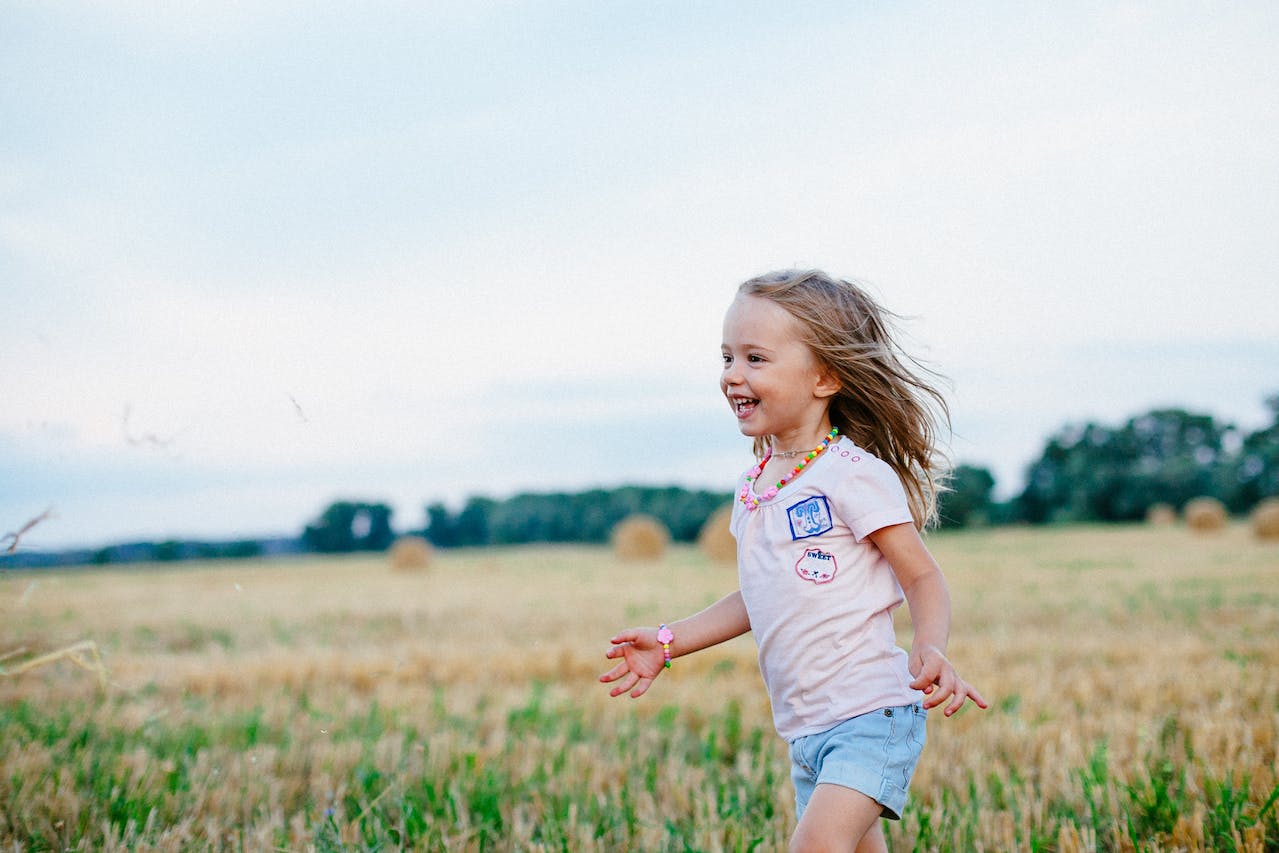
A few months ago, I settled in to watch the Netflix drama series “Anne with an E,” based on the 1908 novel Anne of Green Gables. It was a nostalgic moment, bringing me back to a (much) earlier version of the same series where Aunt Marilla shares a quote with Anne saying, “the sun will go on rising and setting whether or not I pass geometry class.” I replayed those words in my head whenever anything difficult came my way.
What I didn’t know then—that I know now—is that a beloved childhood book was teaching me this:
resilience.
The ability to bounce back.
Which is something I hope to teach my own kids.
That mistakes, setbacks, or difficulties would not overwhelm them or hold them back.
There is a ton of research and conversation happening about how to build resilience in kids. Without dumping a ton of research on you, I wanted to quickly share three game-changing questions you can use to build resilience in your kids.
1. What is happening?
First, ask: “What is happening?” When you do this, you’re giving your child an opportunity to share what they’re experiencing, which allows you to dial into it. When a child or teenager can regularly verbalize their struggles, challenges, and disappointments, they start to see setbacks as an accepted part of life that they’re not stuck in all alone.
When kids share with you what is happening in their world, you are a trusted presence in their life and this is huge. Having at least one caring adult who cares about what is happening is the key to resilience building. “Research tells us that it’s not rugged self-reliance, determination or inner strength that leads kids through adversity, but the reliable presence of at least one supportive relationship.” Keep being the caring adult they can come to.
2. What is true no matter what?
Guide them back to what is true. The American Psychological Association suggests trying “to identify areas of irrational thinking, such as a tendency to catastrophize difficulties or assume the world is out to get you, and adopt a more balanced and realistic thinking pattern.” Help to recenter them on what is true—like how much you love them, how brave and strong they are—and invite them to pause and take a deep breath. Help create a centering opportunity to remind them they are here and their body is working, that it will be okay.
This is where routines—such as dinner time, bath time, and bedtime—can be helpful too. When everything is hard and tears are plentiful, getting back into a routine helps to redirect kids to what is true no matter what.
There will be showers and chores and Tacos on Tuesday—even when life is hard, it keeps going.
3. What can I do?
A favorite phrase (it’s almost downright magical) is this: “What can I do to help?” When there are tears over unfinished book reports, a stressed-out teenager in the middle of exams, a toddler in the middle of a major meltdown, asking “what can I do to help?” is a reminder that no matter what happens, you’ve got their back. Even if all you can do is offer a hug, or help them find their school library book, offering your help is essential for building resilience. Research from the Mayo Clinic acknowledges that “being able to reach out to others for support is a key part of being resilient.” By offering to help, your kids are learning that they can reach out for support.
After you’ve asked, “What can I do?” redirect the question back to them to help your kid or teenager learn to problem-solve and see how capable they are in working towards solutions to their own problems. This helps develop the skills needed to respond to challenges. This is when you can decide together when it’s time to make a plan to handle that hard thing or consider other options that might be better in the long run.
When it comes to building resilience in your kids, these three questions can help.
But what is even more important to remember is that the common denominator is you. The Center on the Developing Child at Harvard University puts it this way: “The single most common factor for children who develop resilience is at least one stable and committed relationship with a supportive parent, caregiver, or other adult.” When it comes to building resilience in your kids, what matters most is you.
1. https://fdys.ie/building-resillience/
2. https://www.apa.org/topics/resilience



